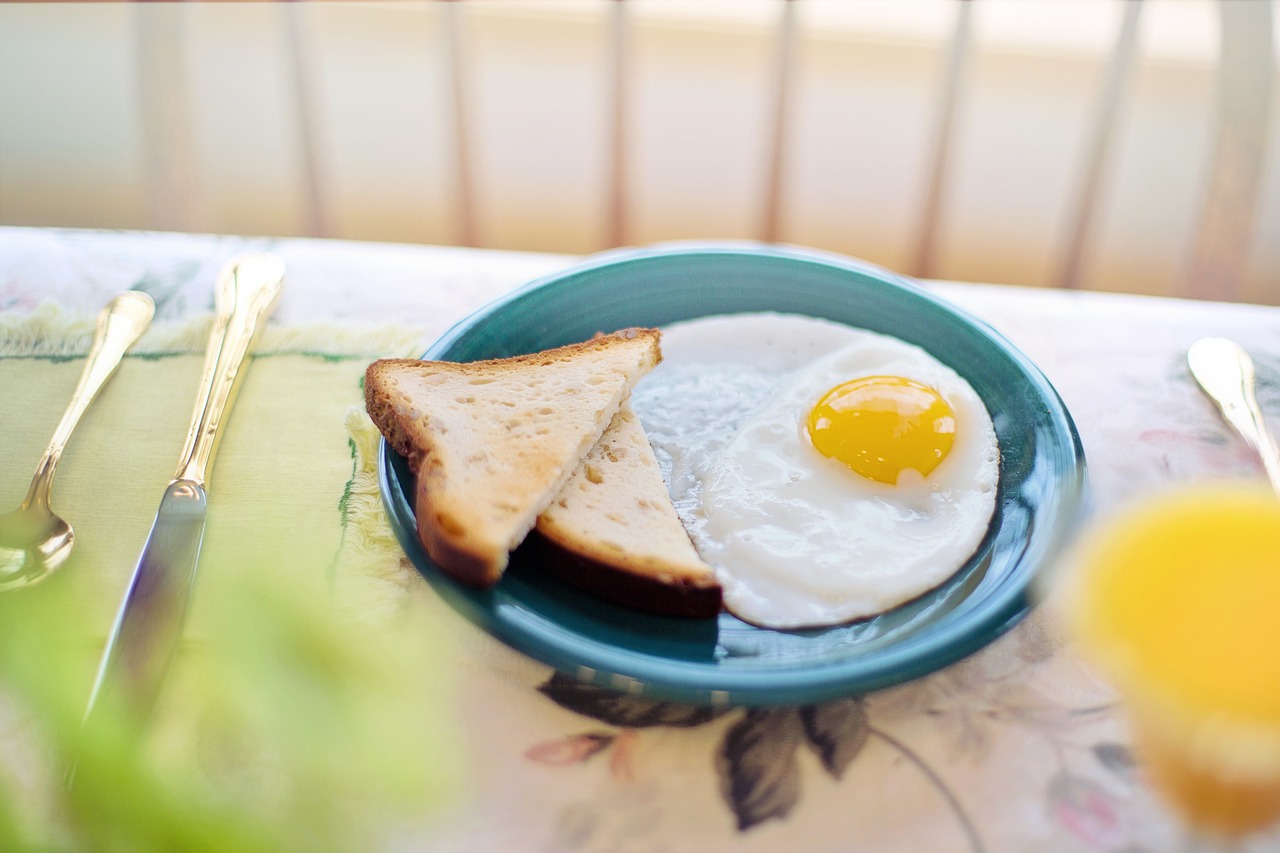Eggs are not only on everyone’s lips at Easter: whether as a soft-boiled version at breakfast, as a savoury omelette for a quick dinner or as a baking ingredient in afternoon cakes, eggs are regularly on the menu. At the same time, eggs had an image problem for a long time, as they were notorious for being a real cholesterol bomb. This bad reputation has been crumbling for years, as it has been shown that the egg is much more of a high-quality nutrient bomb with many important vitamins and minerals. And medicine is now going one step further: “Medical associations are now moving away from setting a maximum limit specifically for egg consumption,” explains Sandra Holasek, a nutrition expert at MedUni Graz. The American Heart Association, for example, has stated that a person’s overall health is the decisive factor. If this is healthy and balanced, there is no need for an egg consumption guideline.
Lots of plants, few animals
“This development shows very clearly where the journey in nutritional recommendations is heading: away from general guidelines and towards a personalised approach,” says Holasek. This means that if a healthy person eats a balanced diet with a high proportion of plant-based foods, lots of fruit and vegetables, and less animal fats, a high egg content in the diet is not a problem.
However, if a person already eats a lot of animal products, such as large amounts of sausage and meat, and therefore already consumes a high proportion of saturated fatty acids, then it is “not advisable to eat an egg every day,” says Holasek. But in such a case, the entire diet would have to be changed – simply omitting eggs would not bring any great benefit.
In general, hen’s eggs are packed with nutrients: they contain fat-soluble vitamins as well as B vitamins, folic acid, and carotenoids. With a nutritional value of 90 kilocalories, it is not lightweight, but it is a high-quality food, as Holasek emphasises, and an important source of protein. “And Austria is also a pioneer when it comes to origin labelling and quality,” says the expert.
In order to ensure a healthy and varied diet at the Easter table, Holasek advises people to opt for “side dishes” to accompany eggs and Easter meat. A lamb’s lettuce salad with scarlet runner beans, pickled gherkins or other vegetables pickled in vinegar, which improve satiety and provide valuable microorganisms through fermentation, and of course, the miracle root horseradish, which stimulates digestion and is a natural vitamin C bomb: plant-based accompaniments can prevent you from feeling completely full after the Easter snack!
- source: kleinezeitung.at/picture: Bild von Jill Wellington auf Pixabay
This post has already been read 1059 times!



